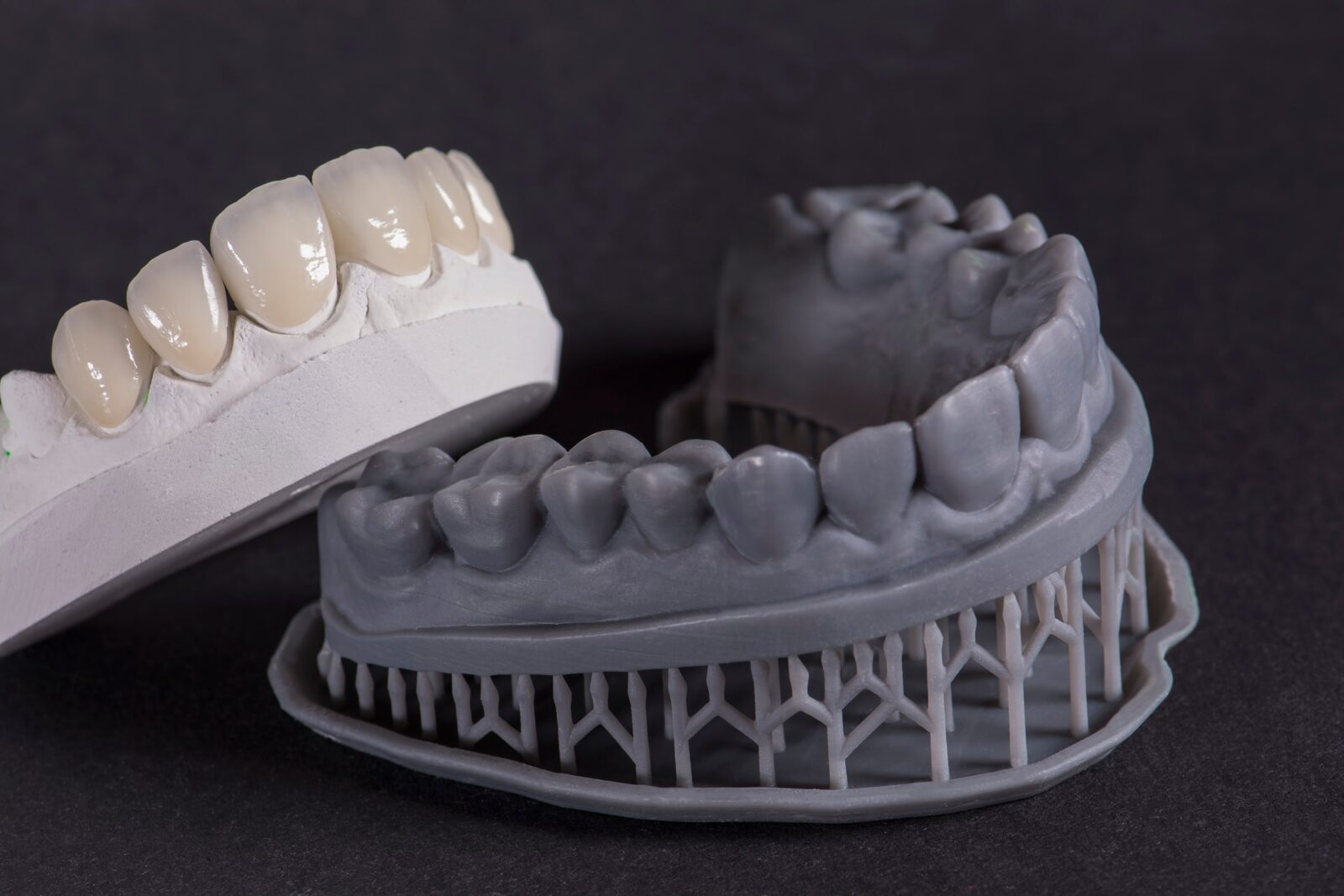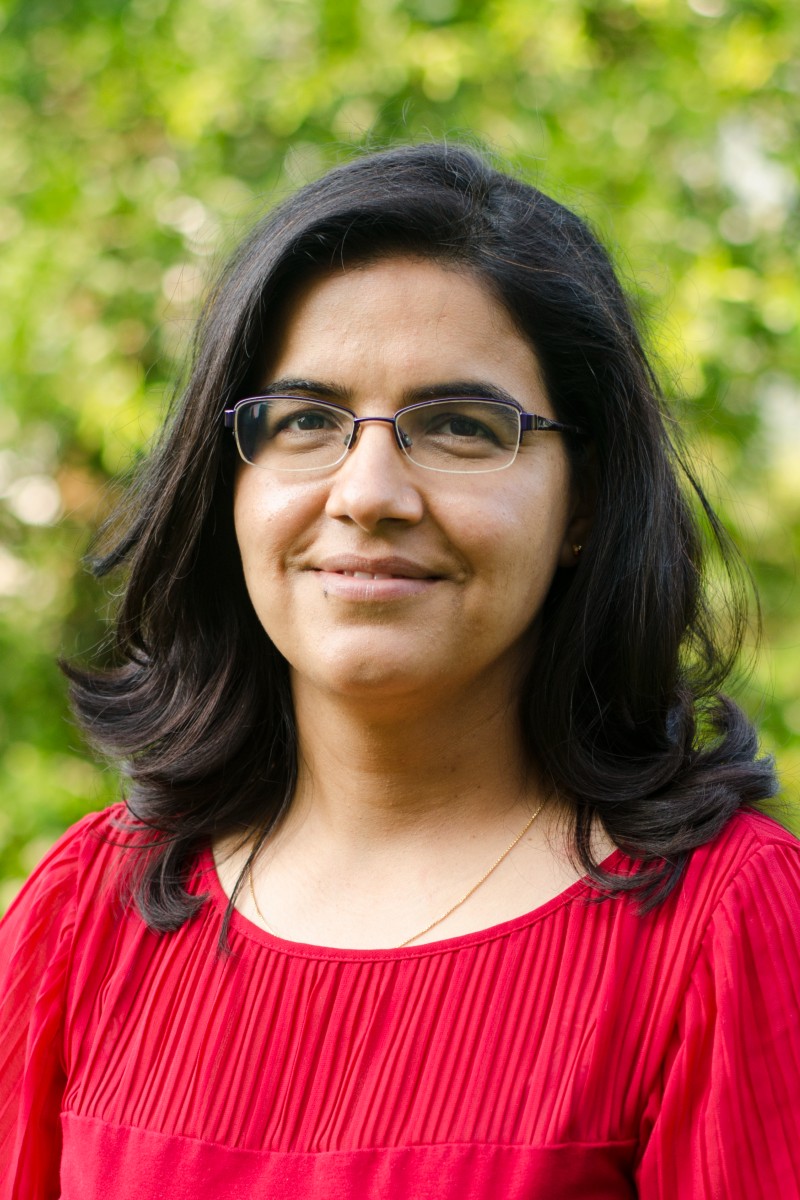In the realm of healthcare, where personalized care is not just preferred but essential, 3D printing technology has emerged as a game-changer, especially in dental medicine. This blog post delves into the transformative journey of 3D printing in dentistry, highlighting its advancements, applications, and the promising future it holds for both practitioners and patients.
3D Printing in Dentistry:
Not long ago, patients had to sit through long and often uncomfortable procedures to get dental impressions, wait for weeks for prosthetics, and endure ill-fitting dental restorations. The introduction of 3D printing to dentistry has dramatically changed this narrative. With its ability to create precise, personalized, and prompt outputs, 3D printing has significantly enhanced the efficiency, accuracy, and convenience of dental treatments.
3D printing in dentistry operates by first capturing a digital impression of a patient’s mouth, typically using intraoral scanners. This digital model is then processed using specialized software to design the dental appliance, whether it’s a crown, bridge, denture, or orthodontic device. Once the design is finalized, the 3D printer, loaded with dental-specific materials like resins or ceramics, meticulously layers these materials to construct the dental piece with high precision. The result is a tailor-made dental appliance that fits the patient’s unique oral anatomy, ensuring enhanced comfort, aesthetics, and functionality. This streamlined process not only ensures greater accuracy but also significantly reduces production time and costs.
Advancements and Applications:
Customized Dental Prosthetics:

Gone are the days of ‘one-size-fits-all’. With 3D printing, dental prosthetics such as crowns, bridges, and dentures are now customized to the minutest detail. Digital scans ensure that these prosthetics are a perfect fit for the individual’s oral anatomy, offering improved comfort and functionality.
Orthodontic Devices:
The production of clear aligners has been revolutionized by 3D printing. Companies like Invisalign have harnessed this technology to produce aligners tailored to the patient’s teeth. This not only shortens the production time but also increases the comfort and efficacy of the orthodontic treatment.
Surgical Guides:
Precision is paramount in dental surgeries. 3D printed surgical guides, created from the patient’s CT scans, have proven instrumental in planning and executing complex procedures such as dental implants and full mouth reconstruction with pinpoint accuracy.
Bioprinting and Tissue Regeneration:
One of the most groundbreaking advancements is the potential of 3D bioprinting in regenerative dental tissues. Research is underway in printing cells, growth factors, and biomaterials to regenerate tissues like gums and even teeth, a breakthrough that could make dental implants obsolete in the future.
The Patient Experience:
The benefits of 3D printing for patients are numerous. Reduced visits to the dentist, quicker procedures, better outcomes, and less discomfort during and after treatment are some of the highlights. Furthermore, seeing a digital preview of the expected results allows patients to proceed with confidence.
The Sustainable Future:
3D printing also promotes sustainability in dentistry. Traditional methods involve significant waste, whereas 3D printing minimizes material use. Moreover, being able to print prosthetics and devices on-demand reduces transportation needs, thereby decreasing the carbon footprint.
In Conclusion:
The fusion of 3D printing with dental science is a classic example of technological symbiosis, where one field elevates the other to new heights. As we embrace these advancements, we edge closer to a future where dental care is not just a remedial measure but a seamless, proactive, and pleasant experience. The potential for further innovation is vast, and as research deepens and technology evolves, there’s no telling the limits of what 3D printing in dentistry can achieve. One thing, however, is clear: the future of dental medicine will be printed in 3D.

Dr. Snehlata Kulhari completed her Bachelors of Dental Surgery (BDS) at Government Dental College in Punjab, India and her Doctor of Dental Medicine (DMD) degree at the Henry M. Goldman School of Dental Medicine in Boston. She has been practicing dentistry since 2011 and has founded Smile Mantra Family Dentistry to provide dental care and education to the community of Cary, NC. Dr. Kulhari stays up to date on the latest dental research and advancements in order to offer her patients exceptional dental care.



